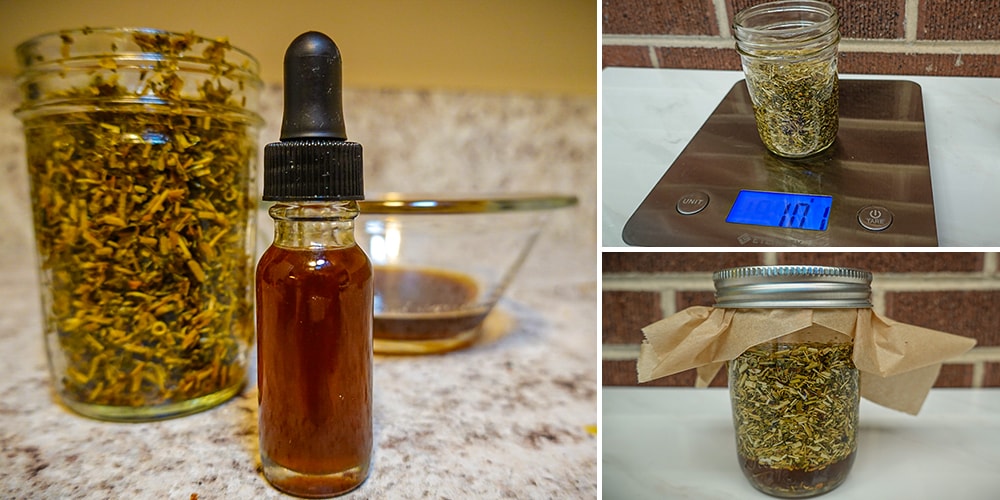
Passionflower Tincture for Anxiety & Stress
Even if you are not diagnosed with a disorder, you probably aren’t a stranger to some very stressful days or sleepless nights. As we navigate the challenges that come our way, a natural and accessible solution awaits us in the form of passionflower. Let’s unlock the secrets of this beautiful plant and cultivate a calmer, more peaceful state of being. Here, we delve into the details of how this plant can help you by preparing a passionflower tincture recipe for anxiety and stress.
What is Passionflower?
Passionflower, a genus of perennial climbing vine plants, encompasses over 600 species, including numerous horticultural varieties. We can’t have an article all about Passiflora, without mentioning the delicious passionfruit. Though not the focus of our tincture, Passiflora edulis offers that sweet and tart mouthful that has become a popular flavor in cooking and baking. The species originates from the tropical regions of Brazil, Paraguay, and Argentina, and is grown along coastal California.
But our real focus here can be found a bit closer to home. Passiflora incarnata is cherished for its herbal properties. Despite its exotic appearance, this complex flower is native to the southeastern United States, with its natural habitat extending as far north as Pennsylvania. The perennial plant sports a woody stem throughout the year. Come spring and summer, the vine comes alive, extending its tendrils up to an impressive 30 feet. Its flowers, a true marvel to behold, exhibit a mesmerizing arrangement of petals.
We’ll dive into the medicinal benefits of passionflower here, but we wanted to also highlight the plant’s ecological role. Across the southwest, P. incarnata is not only a food source for birds and mammals but also serves as the host plant to several butterfly species.
Passionflower, with its diverse species and captivating characteristics, holds a special place in both the natural world and human traditions.
Historical Use of Passionflower in Herbalism
Like many medicinal herbs, indigenous cultures have long recognized passionflower’s ability to calm the mind and soothe the spirit. The Passiflora incarnata species, commonly known as Maypop, was highly revered among Native American tribes such as the Cherokee and Powhatan. Specifically, Native tribes used leaves and flowers to create infusions and teas for alleviating nervousness and promoting restful sleep. All parts of the plant are edible and medicinal. The Cherokee also made a poultice from the root to help draw out the infection from cuts, boils, and ear infections. Lastly, the fruit of the Maypop – known to the Cherokee as Uwaga – is a delicious treat once it ripens.
During the 19th century, passionflower gained prominence in North America as a treatment for nervous disorders and insomnia. Its reputation spread as herbalists and physicians recognized its sedative and anxiolytic properties. Passionflower made its way into various pharmacopeias and herbal compendiums, securing its position as a trusted natural remedy for anxiety-related concerns.
⇒ The Native American Superfood That Saved American Settlers (Video)
Using Passionflower as a Calming Aid
As in so many cases, western science finally caught up to the indigenous wisdom on Passionflower’s climbing properties. Today, there are a plethora of studies on using P. incarnata to aid in anxiety management. Around the world, passionflower treats insomnia, anxiety, and depression.
At the heart of passionflower’s anxiety-relieving magic lies a remarkable array of bioactive compounds. Flavonoids, including apigenin, chrysin, and vitexin, take center stage as the key players responsible for the plant’s calming effects. These compounds work in harmony with other phytochemicals, such as alkaloids and amino acids, to create a holistic profile that targets anxiety from multiple angles.
But how does passionflower actually work to quell our anxiety? The answer seems to lie in its interactions with our brain chemistry. Apigenin, one of the prominent flavonoids found in passionflower, enhances the activity of gamma-aminobutyric acid (GABA) in our brains. GABA is a neurotransmitter that helps regulate neuronal excitability, promoting a sense of relaxation and tranquility. By increasing GABA’s effectiveness, passionflower tincture acts as a natural sedative, gently coaxing our minds into a state of calmness and serenity.
Furthermore, passionflower’s benefits extend beyond its interaction with GABA. Research suggests that this extraordinary plant also possesses antioxidant and anti-inflammatory properties. By reducing oxidative stress and modulating inflammatory processes in the body, passionflower can alleviate the physical symptoms associated with anxiety, such as muscle tension and restlessness. Its comprehensive approach addresses both the mind and body, making it an appealing choice for those seeking a natural remedy for anxiety.
How to Make a Passionflower Tincture
The process of making your passionflower tincture is quite simple. It’s more a task of patience than skill. Compared to teas, alcohol-based tinctures extract different qualities of the herb. For passionflower, we want to get as many of those helpful flavenoids from the plant. Use alcohol that’s at least 80 proof to ensure the final product is shelf stable. Here, we use vodka.
The basic method for making a tincture is to fill a jar halfway with herbs, then cover it with alcohol. If you crave a more exact measurement, you can shoot for a 1:5 ratio between the herbs and the alcohol in weight. Here, we weighed out the ingredients, but if you don’t have a scale, feel free to use the folk method.
Ingredients
- 20 g/ 4 tbsp. of dried passionflower
- 100 ml/ 3.4 fl.oz of Alcohol
- 8-ounce jar
- parchment paper
- dropper bottle
Method
Step 1: Measure Ingredients
Weigh out the dried passionflower, then pour it into your jar.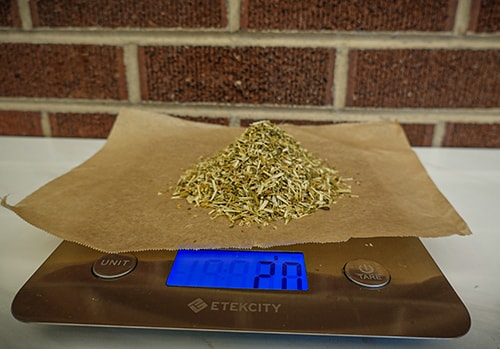
Tare the scale, then decant in the alcohol.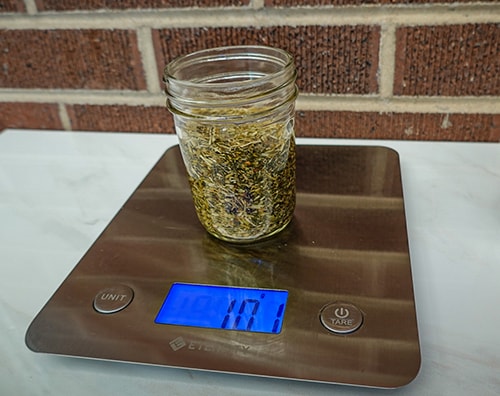
Step 2: Cap and Store
Cap with parchment paper then put the metal jar lid on top. The paper puts a barrier between the alcohol and the metal, to avoid corrosion. Store it in a cool dark place, but don’t forget about it! You’ll need to come back every day to shake it up. I popped mine in the cupboard with mugs so every morning I’d remember to give it a mix.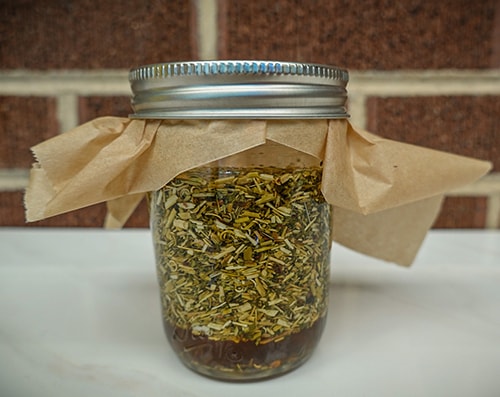
Step 3: Shake and Wait
Shake every day for 4-6 weeks. Shaking helps break down the cell walls to better infuse into the alcohol.
Step 4: Strain and Enjoy
After the proper infusion time, use cheesecloth or a fine mesh sieve to strain the tincture. The dried plant material will have soaked up quite a bit of liquid, so use a spoon or your hands to squeeze it out.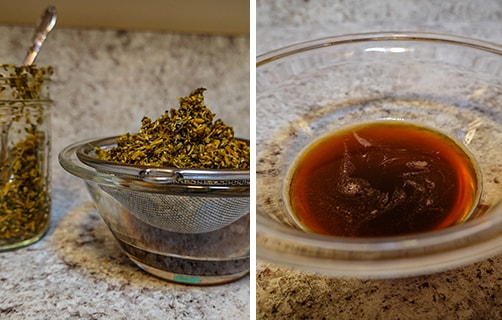
Pour the mixture into a dropper bottle and store in a cabinet.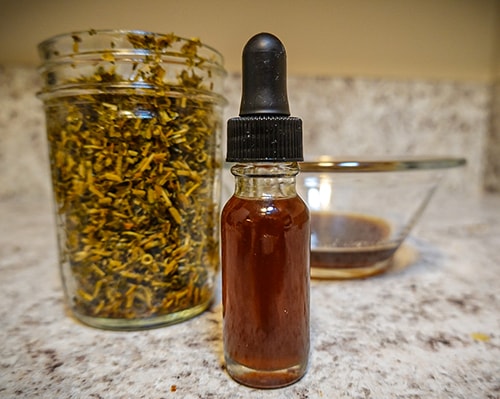
How to Use Your Passionflower Tincture
This tincture will help you slip into sleep while calming your nerves. You can take 15 drops of the tincture as needed, up to three times a day. Depending on your preferences, you can pour the drops under your tongue or mix them with an ounce of water.
Passionflower has few side effects and is generally considered safe to consume up to 800mg of an alcoholic extract each day. However, the herb can induce uterine contractions, so do not use this tincture if you are pregnant.
The Bottom Line
From its ancient roots in indigenous healing practices, passionflower has captivated hearts and minds with its calming properties and stunning beauty. This DIY tincture can bring passionflower’s power into our own lives. For when the world seems like it’s swirling around you or your mind is racing as you’re falling asleep, passionflower can help ground your body and soothe the mind.






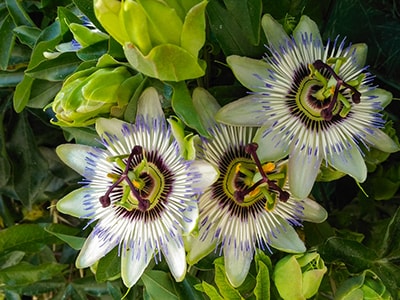
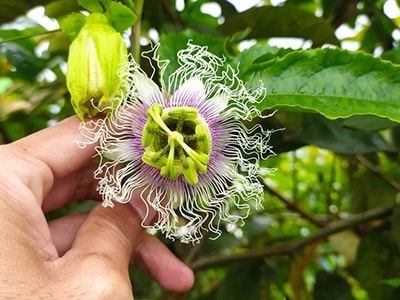
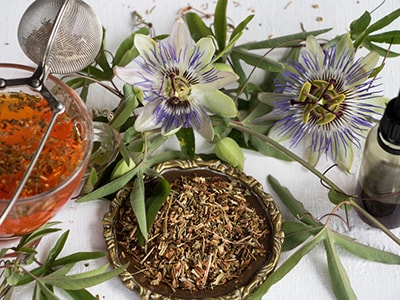
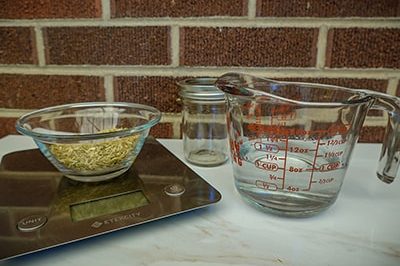
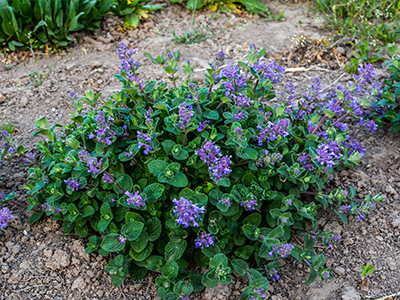
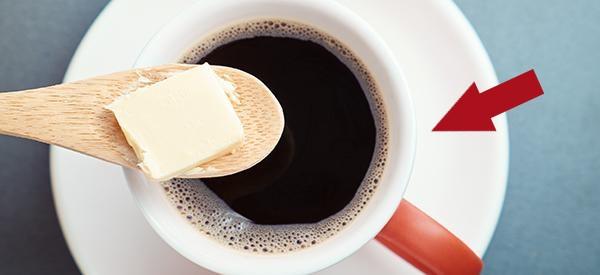
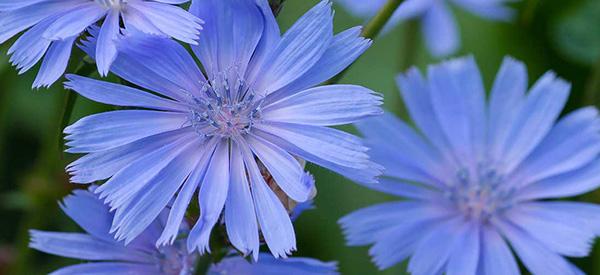
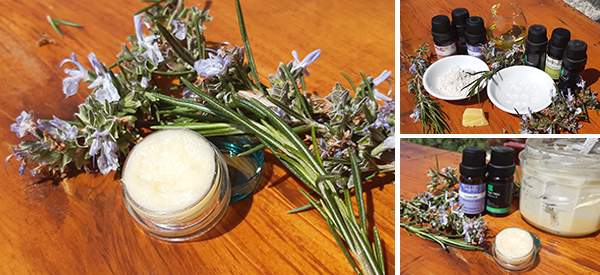
Hi – I have these on my property here in northern Arkansas — recommendations for drying the flowers used in this tincture?
Hi Todd,
Thank you so much for your comment.
Drying herbs is a great way to preserve their flavor and aroma for future culinary or medicinal use.
Here’s a simple guide on how to dry herbs:
1. Harvest at the Right Time:
2. Gather Your Supplies:
3. Decide on the Drying Method:
4. Prepare the Herbs:
5. Bundle the Herbs:
6. Hang the Bundles:
7. Monitor the Drying Process:
8. Store the Dried Herbs:
Tips:
Good health!
Greetings! Currently 12 weeks pregnant and I would love to know of a pregnancy safe alternative for passionflower? Thanks so much for all the knowledge you share.
Hi Mama Carol,
Congratulations on your pregnancy! It’s great that you’re being cautious about using herbs during this time. While passionflower is generally considered safe for short-term use, there’s limited information about its safety during pregnancy. As a result, it’s often recommended to avoid using passionflower or any other herbal remedies during pregnancy without the guidance of a qualified healthcare provider.
Instead of using herbs like passionflower during pregnancy, consider trying non-herbal approaches to manage stress and promote relaxation. Here are a few alternatives you might consider:
Breathing Techniques: Practice deep breathing exercises and mindfulness techniques to help reduce stress and promote relaxation.
Gentle Exercise: Engage in prenatal yoga, walking, or swimming to stay active and relieve stress.
Warm Baths: Taking warm baths can be soothing and relaxing. However, be sure to use water at a safe temperature.
Massage: Prenatal massage by a trained therapist can help alleviate muscle tension and promote relaxation.
We wish you the best of health!
Thank you for this article! We have passion flower but I don’t know what variety it is. Does it matter or can I create a tincture even though I don’t know what variety it is?
Don’t use the one that is toxic!! Learn your flowers before you make anything!!
maypop is ok or not? That’s what I have here in Northern Arkansas
It doesn’t say which parts of the passionfruit are used in the tincture recipe. I can see it is not the flower itself. Is it leaves and stalks?
My question too!
I use all parts including the flower, the tendril, leaves & stems.
Hi Barbara,
Thank you so much for your comment.
I apologize for any confusion. When making a passionflower tincture, it’s typically the aerial parts of the plant that are used. This includes the leaves, stems, and sometimes even the small tendrils or vines. The flowers themselves can also be used in some tincture preparations. The choice of which parts to use can depend on the specific recipe and the desired effects.
We wish you the best of health!
Hi, can you make tea with dried passion flowers instead and how is safe to brew please?
Hi Marguerite,
Thank you so much for your comment.
Yes, you can make tea with dried passion flowers. Passion flower (Passiflora incarnata) is known for its calming and sedative properties, and it’s commonly used to make herbal tea that promotes relaxation and alleviates stress and anxiety.
Here’s how you can brew passion flower tea with dried passion flowers:
Ingredients:
Dried passion flower leaves and/or flowers (about 1 to 2 teaspoons per cup of water)
Water
Instructions:
Measure the Passion Flower: Measure out about 1 to 2 teaspoons of dried passion flower leaves and/or flowers per cup of water. You can adjust the amount based on your taste preferences and desired strength.
Boil Water: Bring fresh, filtered water to a boil. You’ll need about 1 cup of water for each serving of tea.
Place the Passion Flower: Place the dried passion flower leaves and/or flowers in a teapot, tea infuser, or directly into a cup.
Pour Water: Pour the boiling water over the dried passion flower. Use about 1 cup of water for each serving of tea.
Steep: Cover the teapot or cup with a lid or a plate to trap the steam and essential oils. Let the passion flower steep in the hot water for about 10 to 15 minutes. This steeping time allows the beneficial compounds to be extracted into the water.
Strain: If you used loose dried passion flower in your tea, strain the tea into another cup using a fine mesh strainer to remove the plant material. If you used a tea infuser, simply remove the infuser.
Sweeten (Optional): You can sweeten the tea with honey, maple syrup, or your preferred sweetener if desired.
We wish you the best of health!
80 Proof or 80% vodka? Surely that was a typo?? I’ve been using 100%/50 proof for most tinctures. Thinking I’ll get at least a 2 year shelf life. Please advise.